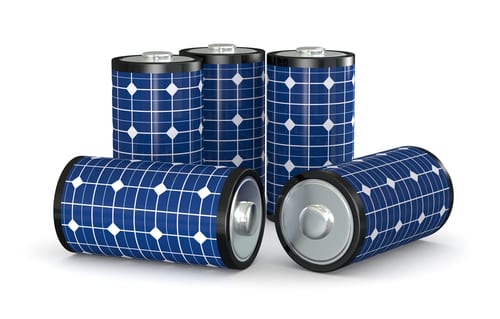Australia’s residential battery storage industry is on tenterhooks this week, as it waits to learn if potentially prohibitive new installation guidelines will be adopted, or not.
The newly re-drafted guidelines were put to a vote by Standards Australia in the first week of July, in the latest attempt to set a much-needed installation standard for home battery storage devices in Australia.
The ballot – which closed at midnight on Monday night – needs a minimum of 80 per cent of votes in favour to have the rules endorsed, among other requirements. (At the time of publication, Standards Australia said it was still “collating” the votes.)
But the result is likely to be a close call, with industry divided in their support of the latest Draft Standard.
As we have reported, the Clean Energy Council last week revealed it would be supporting new guidelines, noting that after five long years in the making, it was past time to have a nation-wide standard in place.
“We are aware that some requirements don’t suit all industry stakeholders, however, on balance, we support the standard as it is currently proposed and believe it is vital for the industry,” the CEC said.
The Smart Energy Council, on the other hand, along with a number of high profile manufacturers, has argued that near enough is not good enough – and that some of the recommendations in the draft guidelines will drive up the cost of installations unnecessarily, and even rule them out in some circumstances.
There are also serious concerns, however, that a “no” vote will send the Standard back to the drawing board, as was the case in 2017, after it hit a wall over controversial recommendations that residential lithium-ion batteries be installed in free-standing purpose-built “kiosks,” due to potential fire risk.
A mix of industry and regulatory committee members have since been working together to design a new set of guidelines that answers both concerns about battery fire risk in homes, while factoring in work major battery manufacturers have already done to minimise that risk.
But the SEC and manufacturers argue that the “bunker” mentality is still in evidence in the revised Draft Standard, with leading brand batteries rated “not applicable” on fire risk still required to adhere to strict and complicated fire protection measures when installing their products in homes.
In a letter to the acting CEO of Standards Australia signed by Tesla, Sonnen and LG Chem Australia, the companies argued that this approach has failed to delineate between companies that had invested heavily in the safety of their products, and companies that had not.
“The three companies represented in this letter consider product safety and product integrity our number one priority, collectively we have hundreds of thousands of systems installed globally without a single fire hazard issue as addressed …we are all focused on Australia becoming a leader in respect of BESS product integrity and safety,” the letter says.
The companies also argue that the current Draft Standard does not take account of past inputs, international practice or the recommendations of the “Installation best practice guide,” a comprehensive document put together by a number of industry groups, including the CEC.
In its own statement urging committee members to vote against the adoption of the Draft Standard, the Smart Energy Council said it was out of step with the risk posed and would add significant expense without significant benefit.
“Australia will again be an international outlier,” the SEC said.










